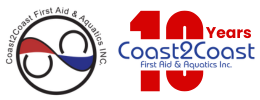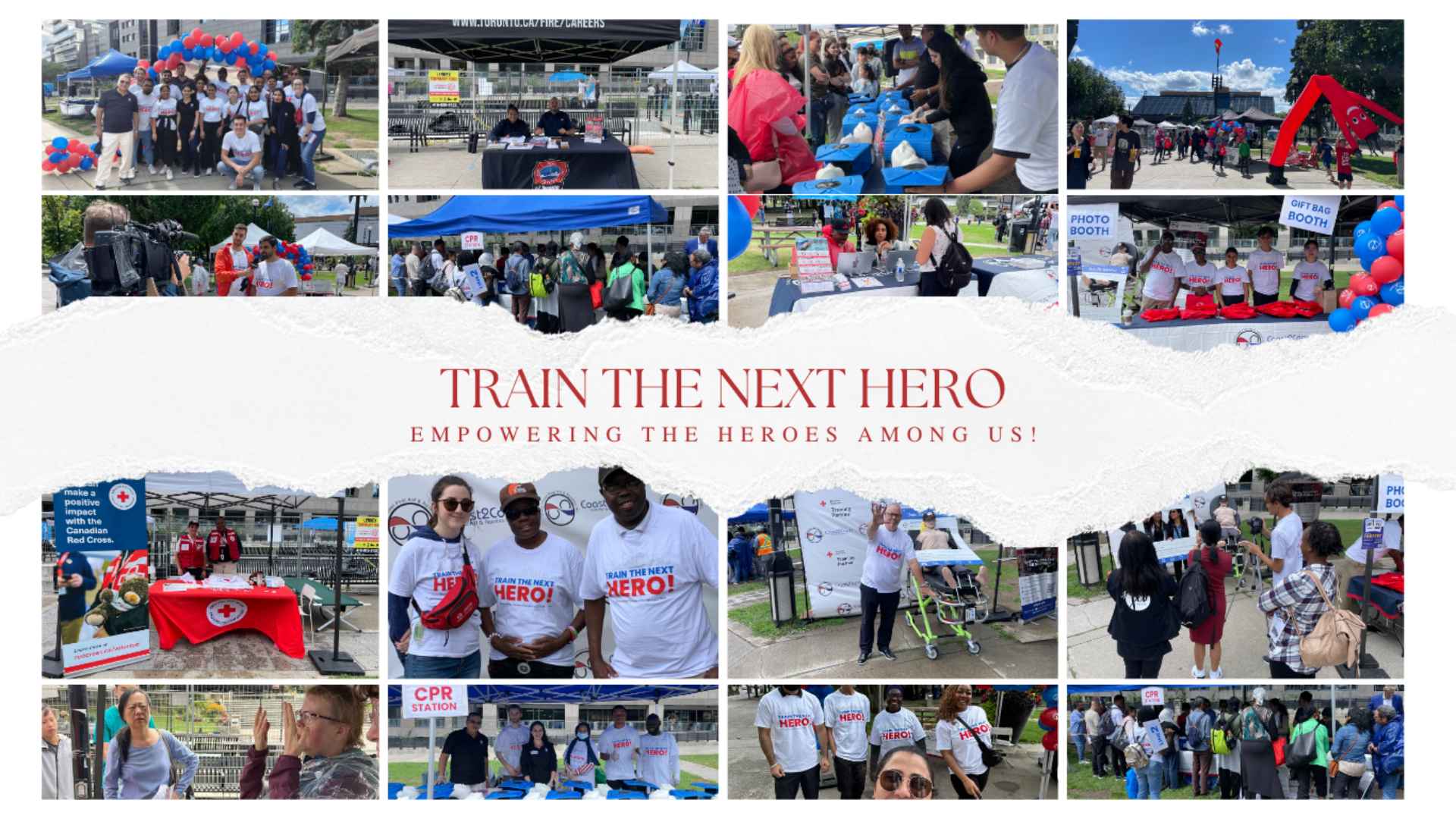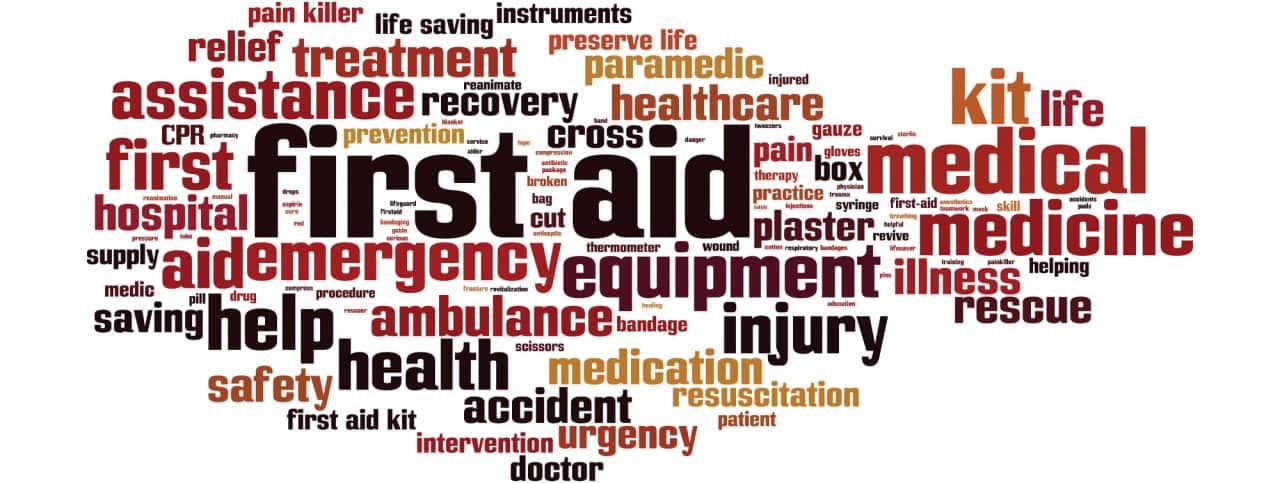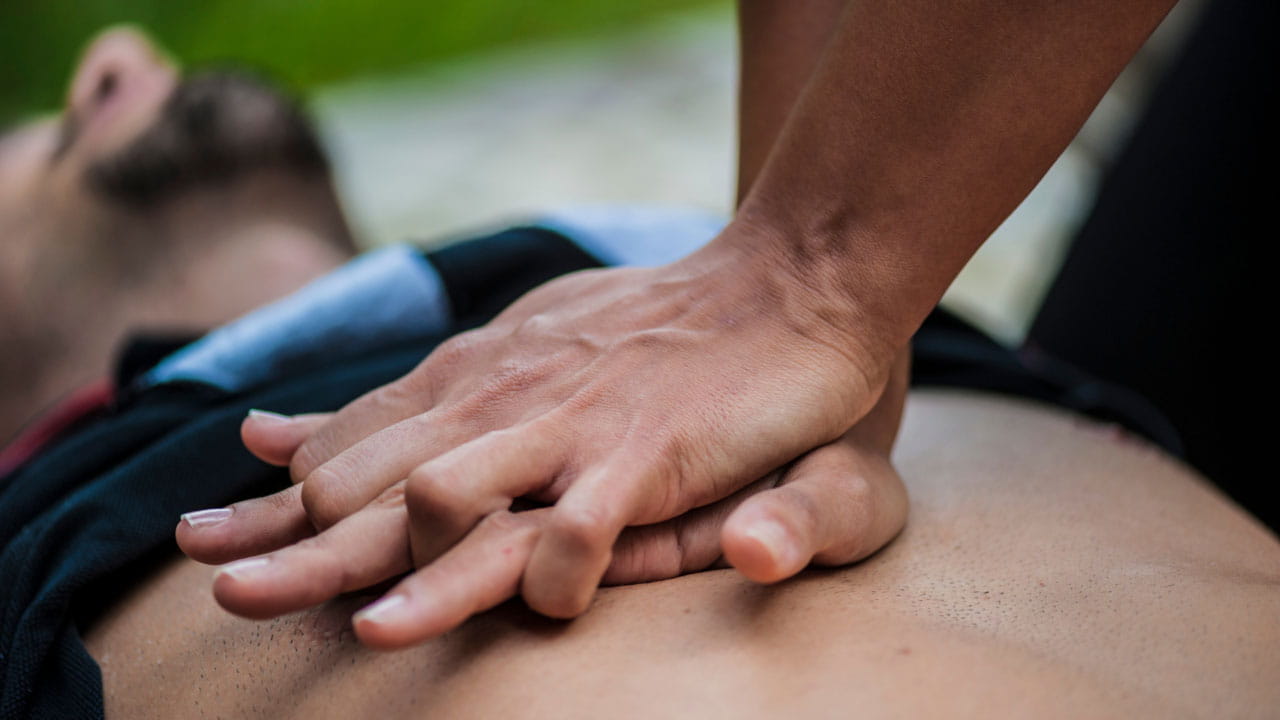At Coast2Coast First Aid & Aquatics, we’re passionate about empowering communities with the life-saving skills they need to make a difference. Our annual “Train the Next Hero!” workshop is a testament to this commitment. On August 11, 2024, Mel Lastman Square transformed into a bustling hub of heroism as we hosted the fourth installment of this beloved event.
Continue reading3 First Aid CPR Training Essentials
Ever since it was invented, CPR (short for cardiopulmonary resuscitation) has been evolving and reaching higher and higher levels of efficiency at preventing death in the case of sudden cardiac arrest.
Continue readingWhy Everyone Should Go For First Aid CPR Training
Summer is here and it brings it own set of season related dangers. It is not new that we are fragile creatures, and it’s mostly the realization of just how fragile we are that keeps us safe most of the time. Caution is often not enough, and dangers tend to catch us unawares. That’s where we need to be able to take care of others and ourselves. Often being able to do that will mean the difference between life or death.
The American Red Cross has identified some pretty alarming statistics on this topic. This statistic is for all of North America, but it’s still very relevant to us here in Canada.
- The leading cause of death for children below 4 is drowning.
- A child that age can drown as fast as within one minute.
- 88 percent of all cardiac arrest scenarios occur at home.
- The number of cardiac arrest victims that survive is below 7%.
- The reason for that is because people near them didn’t know CPR.
- The number of people killed by cardiac arrest is over 200,000 a year.
- Over a quarter of the people who die of cardiac arrest could be saved.
People often die in these situation because people witnessing this horrifying event simply didn’t know what to do. CPR is needed when reviving a cardiac arrest victim or a drowning victim. This alone is reason enough to go and enroll in First Aid CPR training in Toronto or in any one of our other learning centres.
Waiting for 911 to arrive is delivering a death sentence. The time it takes for permanent death or brain death to occur in an adult during cardiac arrest or drowning is only 4-6 minutes. This time is shorter still in the case of a child. When a person drowns or falls down with a stopped heart, the paramedics simply won’t be there on time.
It is up to the people witnessing the event to step in and administer the necessary help to the dying person. There are many free Red Cross CPR classes you can take, or go for the more extensive and full First Aid CPR training we are offering in our many teaching centres.
First Aid CPR training is crucial in too many situations to ignore. It is our firm belief that every adult, especially family people with kids, should know those life saving techniques.
Let us be there for you and help you one day be there for another human being in need.
Where to go or not go for CPR Recertification?
4 Reasons You Need CPR Training In Mississauga
Do you Know How to Deal With Shock?
What Are The ABCs of CPR?
When faced with a medical emergency, there are several steps you should observe. Using the ABC’s of CPR will help determine factors between life and death.
Continue readingKnowing What to do When Disaster Strikes in 2017
Disaster never calls ahead of time before it comes knocking.
It will crash your party in the middle of the night, or catch up with you on the road. It can sneak up on you, out or indoors. It loves catching people in swimming pools and lakes.
And sometimes large scale tragedies occur, such as the all to recent fire that raged across Port MacMurray, or the huge blackout we had two winters ago all over Toronto and the GTA.
The only thing we can do is prepare and keep a cool head when it happens.
But what does it mean to be prepared, apart from taking a Red Cross CPR course?
If you really want to be ready for an emergency, just follow this short list of New Year Resolutions for 2017.
Prep a First Aid and Emergency Gear Kit
Get a first aid kit for emergencies only (separate from the every day one) and keep it fully stocked at all times. Put it in a small pack with a list of additional important survival items.
Those include a three day supply of water and non-perishable food, a flashlight plus spare batteries and/or solar charger, multi tool, copies of all important cards and documents (proof of address, traveling documents, insurance policies, birth certificates, etc.), extra cash, and a spare cellphone, fully charged.
Set up an Emergency Plan
Discuss evacuation / emergency response scenarios with your family. Plan what to do when separated, set up places to meet, people to contact. Make sure at least a few household members had first aid and CPR training.
Make sure every household member knows where the emergency kit is stored so anyone can access it at need. If you have an evacuation route, plan a few alternatives in case the road gets blocked.
Stay on Top of Things
If you travel to areas of increased risk, do extra research on the dangers. If you are located near disaster zones (flooding, fires, blackouts), keep an eye on the news at all times, especially in the seasons when it is likely to occur.
And finally, get as many family members as possible through First Aid and CPR training. It doesn’t have to be a full fledged disaster for a loved one to be in danger. Saving lives is an ability everyone should have.
Contact one of our centers for first aid and CPR training today and get certified.






